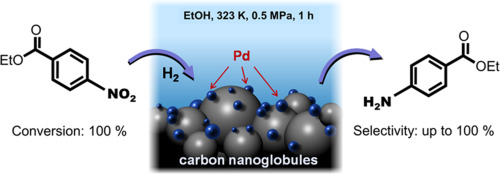What Are the Applications of Nano-composite Zirconia?
Introduction
Nano-composite zirconia, a ceramic material enriched with metal oxides, showcases a remarkable blend of properties that make it indispensable across various industrial applications. Known for its acid, alkali, oxidation, and reduction resistance, nano-composite zirconia enhances the mechanical, thermal, electromagnetic, and optical characteristics of traditional zirconia. These properties render it highly effective in fields requiring durability and stability, such as in catalytic systems and advanced material manufacturing. The unique attributes of nano-composite zirconia not only contribute to its robustness but also facilitate innovations in engineering and medical sciences, making it a cornerstone in the development of advanced technologies.
Denture Material Applications
Nano-composite zirconia is revolutionizing the dental industry by significantly enhancing the strength and toughness of ceramic materials used in dentistry. The intrinsic properties of nano zirconia allow for the creation of composite bioceramics that excel in mechanical strength, chemical stability, and biocompatibility. This makes it an exceptional choice for dental prostheses and artificial joints. As an inert ceramic material, nano-composite zirconia offers superior chemical stability, fulfilling the rigorous standards required for oral prosthetics and implants. Its widespread application in dental materials is promising, particularly in the production of durable and aesthetically pleasing dental crowns and bridges that mimic the appearance of natural teeth.
Oxygen Sensor Applications
Zirconia's excellent electrical conductivity makes it ideal for oxygen sensors that are critical in controlling automobile exhaust and the combustion processes in power plant boilers. Zirconium oxide-based oxygen sensors are among the most advanced and widely produced sensors today. These sensors are essential components in automotive emission control systems, where they significantly influence fuel efficiency and emission management. The ability of zirconia oxygen sensors to provide accurate, real-time measurements of oxygen levels ensures optimal combustion rates, which is crucial for reducing harmful emissions and improving vehicle performance.
Automotive Exhaust Purification Catalysts
Nano-composite zirconia is also instrumental in automotive exhaust purification systems. These catalysts typically consist of a carrier and auxiliary catalysts, where zirconium-cerium solid solution composite oxides play a crucial role. These materials are key in coating catalysts that help in reducing harmful emissions from vehicles. Beyond their application in exhaust systems, zirconium-cerium solid solutions are utilized in a variety of other domains including sensor materials, polishing materials, fuel cells, structural materials, and high-strength ceramics. Their multifunctional capabilities enhance the performance and durability of products across these applications, making them invaluable in modern industrial practices.
Mobile Terminal Products
The advent of 5G and the increasing complexity of wireless communication systems are pushing the limits of traditional mobile terminal materials. Metal casings, while robust, significantly hinder wireless communication and charging capabilities due to electromagnetic interference. This has led to a reevaluation of materials used in mobile device casings. Plastics, although lightweight, are prone to scratches, and glass, despite its aesthetic appeal, is fragile. Nano-composite zirconia emerges as a superior alternative, offering excellent physical properties that include durability and resistance to wear and tear.
The use of nano-composite zirconia in mobile devices not only circumvents the issues associated with metal and glass but also enhances wireless charging efficiency. Its low interference with electromagnetic waves ensures that devices charge more efficiently, which is critical for the functionality of modern smartphones. As mobile technology continues to evolve, the role of nano-composite zirconia is likely to expand, making it a key material in the design and manufacture of future mobile devices.
Conclusion
Nano-composite zirconia represents a significant advancement in ceramic materials technology, offering a broad spectrum of applications across various industries due to its enhanced properties. From improving the mechanical strength and durability of dental prosthetics to optimizing the efficiency of oxygen sensors and catalytic converters in automotive applications, nano-composite zirconia is proving to be an invaluable material. Its role in mobile technology, particularly with the advent of 5G and the increasing need for efficient wireless communication and charging solutions, highlights its potential as a substitute for traditional materials like metals and glass. As industries continue to seek sustainable and efficient materials, the application of nano-composite zirconia is expected to grow, underlining its importance in the development of next-generation technologies.



